After challenging years of crisis, the Salzburg Festival is looking into a bright future and is already planning up to 2032.
The Salzburg Festival survives everything – because despite the pandemic, the performances also took place during the Covid years. Therefore, it was able to celebrated its 100th anniversary in 2020. Lukas Crepaz has been the Commercial Director of the Salzburg Festival since 2017, successfully steering the traditional festival through the years of crisis, and will hold this position at least until 2027. The Tyrolean-born director provides insights into the fascination of the Festival, its economic significance and plans for the future.
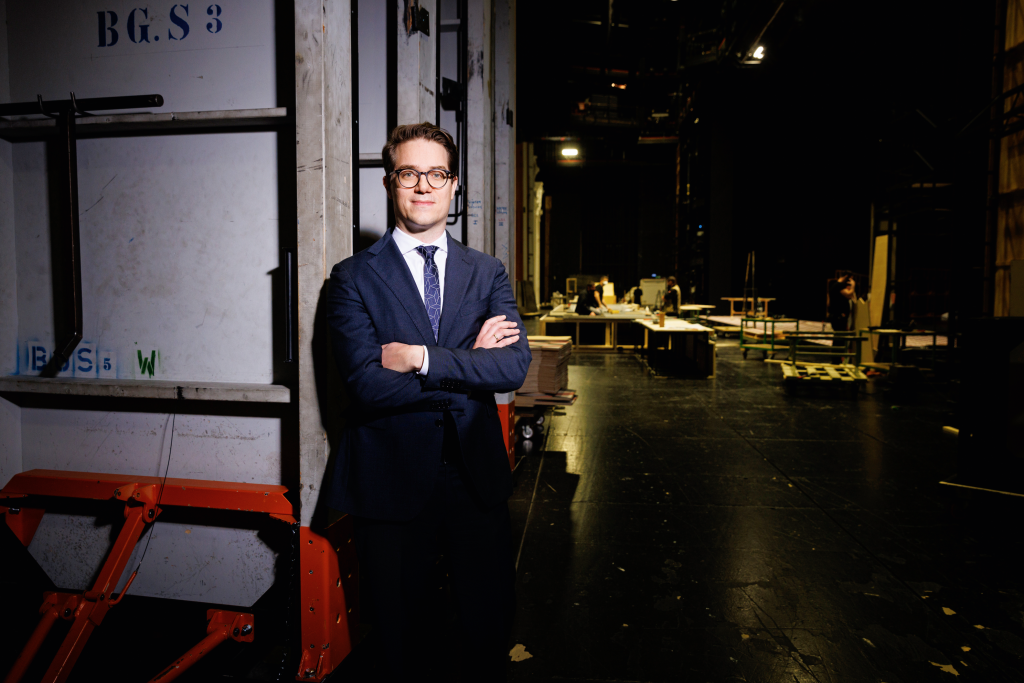
© Peter Rigaud
How much have the past years left their mark on the Salzburg
Festival?
Lukas Crepaz: In 2020, the Salzburg Festival was the only major
festival in the world that took place, and thus took on a pioneering
role for the entire cultural sector. Our concept was a model for the
European cultural scene and was adopted by many cultural institutions.
I am firmly convinced that it is precisely in these times of
great uncertainty that the DNA of the Salzburg Festival helps us:
to make art possible. This aim drives every single one of our employees
– every one of the more than 250 year-round staff and every
single one of the up to 4,500 performers during the summer
months. And with this attitude, we were able to accomplish the
feat of celebrating our 100th anniversary in the midst of the greatest
health crisis in Europe since the Spanish flu with a four-week
festival programme that was artistically sensible, economically
feasible and, with the application of a strict and precise prevention
concept, safe for health. Almost 80,000 visitors were able to experience
the 110 events of the Festival in 2020. In making the necessary
decisions, we as the Board of Directors – President Helga-Rabl-
Stadler, Artistic Director Markus Hinterhäuser and myself – were
spurred on by a look at the Salzburg Festival’s own very chequered
history and the courage of our founders and predecessors. The
Festival was conceived in the midst of the First World War as a
peace project by Hugo von Hofmannsthal, Max Reinhardt and
Richard Strauss. There is a memorandum from 1917 to the imperial-
royal court theatre director in which Max Reinhardt promoted
his vision. At the Salzburg Festival, formerly hostile nations were
to find each other again and experience the highest of the arts
together. At the same time, Reinhardt had argued in this time of
crisis what economic significance such an undertaking would have
for the entire country and what prosperity future visitors from all
over the world would bring to the entire region. This writing, so
visionary, has long since come true..
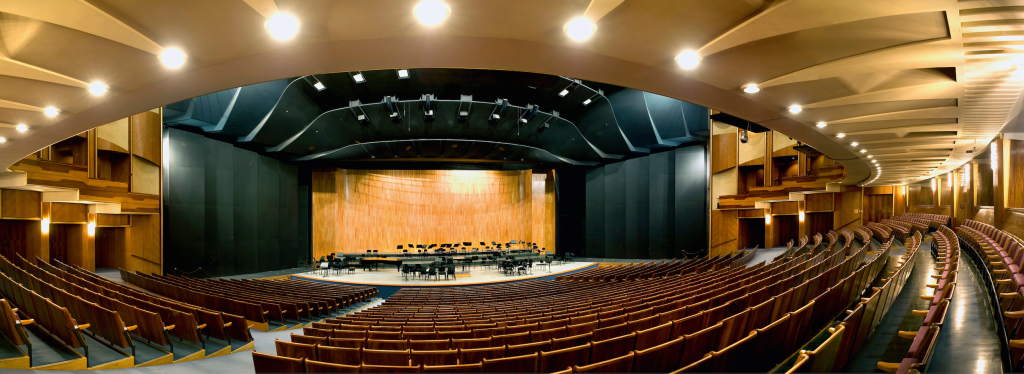
© Luigi Caputo
What is the economic significance of the Salzburg Festival?
Crepaz: The Festival has always been a mutually enriching unity of
art and business, it has formed its own eco-system. It consists of
effects that are actually measurable and that can be calculated as
models, and of effects that cannot be measured. The most recent
value-added study by the Austrian Economic Chamber showed a
value added of 183 million euros in Salzburg alone and 215 million
euros per year in Austria as a whole. In addition, the Festival creates
or secures 2,800 full-time, year-round jobs in Salzburg and 3,400 in
Austria. Many entrepreneurs, especially in the retail and catering
sectors, tell me that they generate about a third of their year-round
turnover during the six weeks of the Festival. During the Festival,
Salzburg is a cultural cosmopolitan city – the whole city breathes the
Festival. The very high-quality demand of festival guests stimulates
trade, the hotel industry and gastronomy. There are educational,
competence and identity effects emanating from the Festival that
are difficult to measure. The advertising effect through the tens of
thousands of reports, social media posts, television and radio reports
and streaming that appear worldwide about the
Salzburg Festival and reach millions of people is
huge. Every year, over 213,000 ticket holders attend
the more than 200 events of the Salzburg
Festival. Another 100,000 people visit the free
admission offers, especially the Siemens.Festspiel.
Nächte at Kapitelplatz and the Festival
Opening.
Do you think there will be a moment when
people that are not affluent are no longer able
to attend the festival due to the high inflation?
Crepaz: We want to be a festival for everyone. More than 50 per
cent of our tickets, that is more than 100,000 tickets, cost between
five and 110 euros. Even in times of high inflation, we have only
increased ticket prices in the most expensive categories, where
price elasticity and tolerance of price increases is different. The
offer in the lower price categories remained unchanged. It is particularly
important to us to make this participation possible, no
matter what income group you are in. Affordability is of course an
issue, especially in economically challenging times. But we notice
that our guests want to afford art. We see this in the demand, which
is unbroken. We are heading back towards the pre-pandemic level.
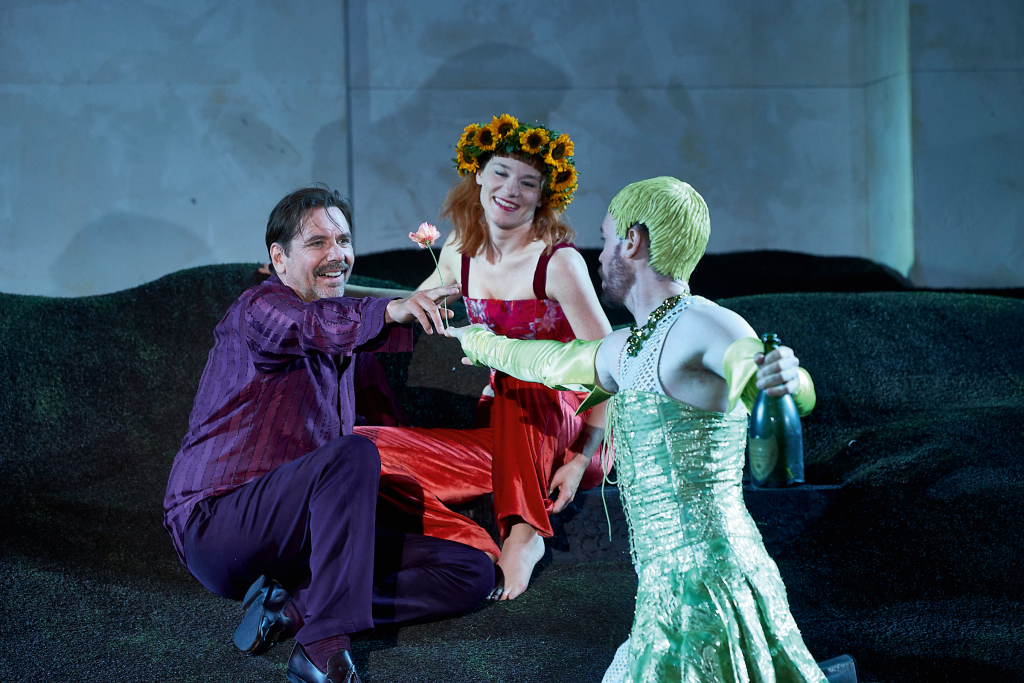
© Matthias Horn
Is the balancing act between artistic desires and budget reality
difficult?
Crepaz: The Festival has a self-support ratio of 75 per cent. We are
both an art business and an enterprise. This is also the self-image
of our programming. People often assume that the artistic and the
commercial way of thinking are completely opposed. We are very
fortunate that in Markus Hinterhäuser we have
an artistic director who has a great understanding
of commercial necessities. Of course, high
inflation is a very big challenge for us. While
energy and material prices have already returned
halfway to normal, the big challenge lies
in the long-term effects. Due to the increased
cost of living, the pressure in collective bargaining
is much greater, which significantly increases
personnel costs. This puts a lot of pressure on
the budgets for the next few years. We will have
an increase in staff costs in the two years 2023
The Festival has a self-support ratio of 75 per cent. We are
both an art business and an enterprise. This is also the self-image
of our programming. People often assume that the artistic and the
commercial way of thinking are completely opposed. We are very
fortunate that in Markus Hinterhäuser we have
an artistic director who has a great understanding
of commercial necessities. Of course, high
inflation is a very big challenge for us. While
energy and material prices have already returned
halfway to normal, the big challenge lies
in the long-term effects. Due to the increased
cost of living, the pressure in collective bargaining
is much greater, which significantly increases
personnel costs. This puts a lot of pressure on
the budgets for the next few years. We will have
an increase in staff costs in the two years 2023 and 2024 that is as high as the cumulative cost increases of the
previous six years. Since art and culture are very much depending
on personnel, we are also talking about the largest share of our
budget here.
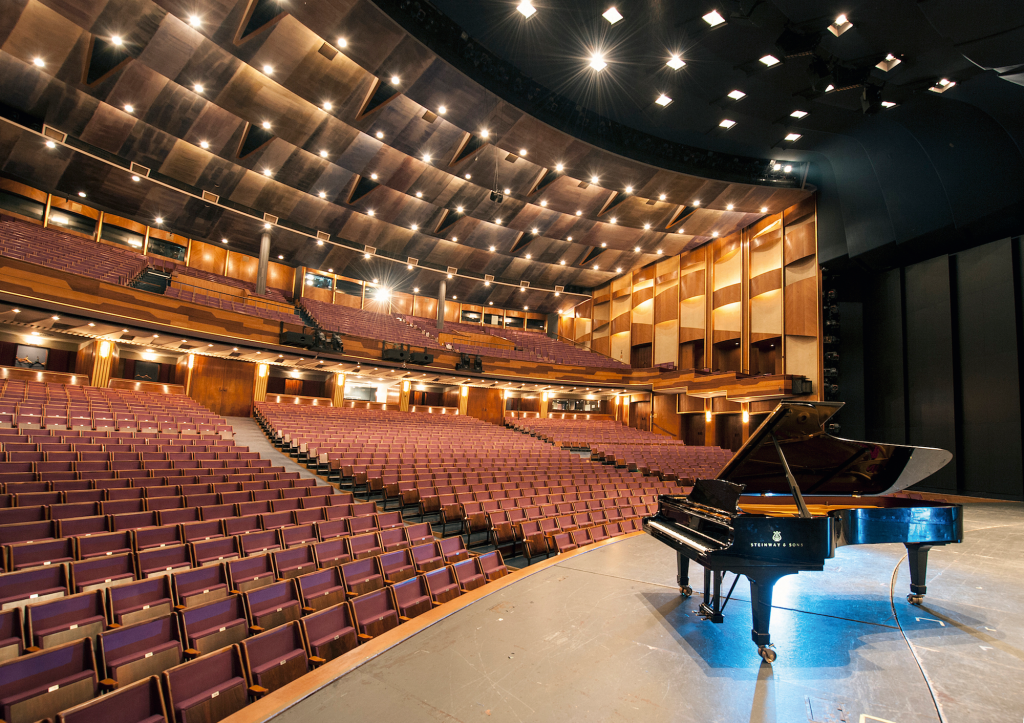
© Luigi Caputo
Do the big stars cut back on fees – compared to big solo concerts,
for example – because a performance at the Salzburg Festival
also has a great PR value?
Crepaz: We can’t pay the fees of large commercial organisers. We
have maximum fees that are kept stable and accepted by everyone.
The long-standing relationship with our artists is characterised by
mutual appreciation. And, of course, the aura of the Salzburg Festival
is highly appreciated by all performers.
Would the Salzburg Festival exist without the currently 18
million euros in public funding?
Crepaz: I prefer to talk about investments here. One finding of the
value-added study was that every year 77 million euros flow back
to the Federal Government, the Province and the City in direct and
indirect taxes and duties. That means that every euro invested
comes back several times over.
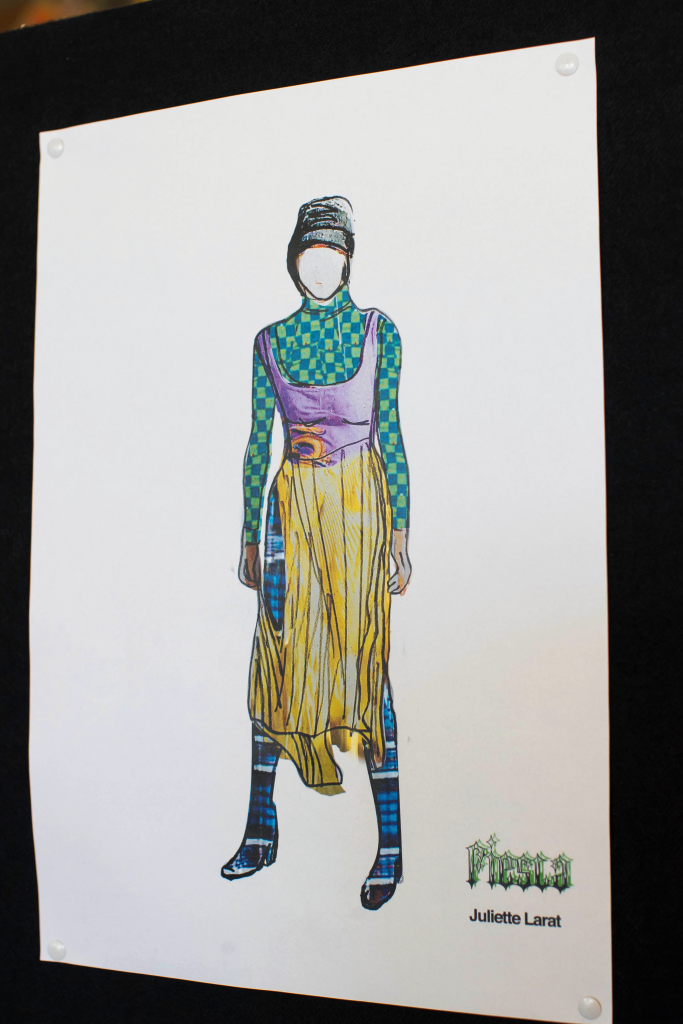
© Leopold
The Salzburg Festival also offers a programme for young people.
Is this how you attract the audience of tomorrow?
Crepaz: In 2020, with the help of Raiffeisen, Uniqa and the Würth
Group, we were able to restructure and significantly expand our
children’s and youth programme. In the Young & Everyone programme,
a total of 54 events and workshops will now take place
from March to the end of August. In addition to the children’s opera,
there are now further drama and musical theatre productions. In our
From Abtenau to Zell am See programme, we bring our productions
to schools and cultural centres throughout the province of Salzburg,
thus reaching children and young people who would otherwise not
be able to come to the Festival. This is very important to us in terms
of participation and cultural education because we notice that there
are great deficits in cultural and educational policy.
Do you feel the sanctions imposed by the EU against Russia?
Both in the loss of Russian artists and in the absence of guests
Crepaz: We condemn the Russian war of aggression on Ukraine and
have a clear position here. Anyone who identifies with this war, its
protagonists or its goals cannot perform at or be a partner of the
Festival. The Salzburg Festival is an international festival with visitors
and artists from all over the world. Russia was an important
source market before the war. This is no longer the case. However,
guests from over 80 nations continue to come to the Salzburg Festival,
and as of this year, the top 10 source markets include the USA,
Japan and South Korea, in addition to the European countries.
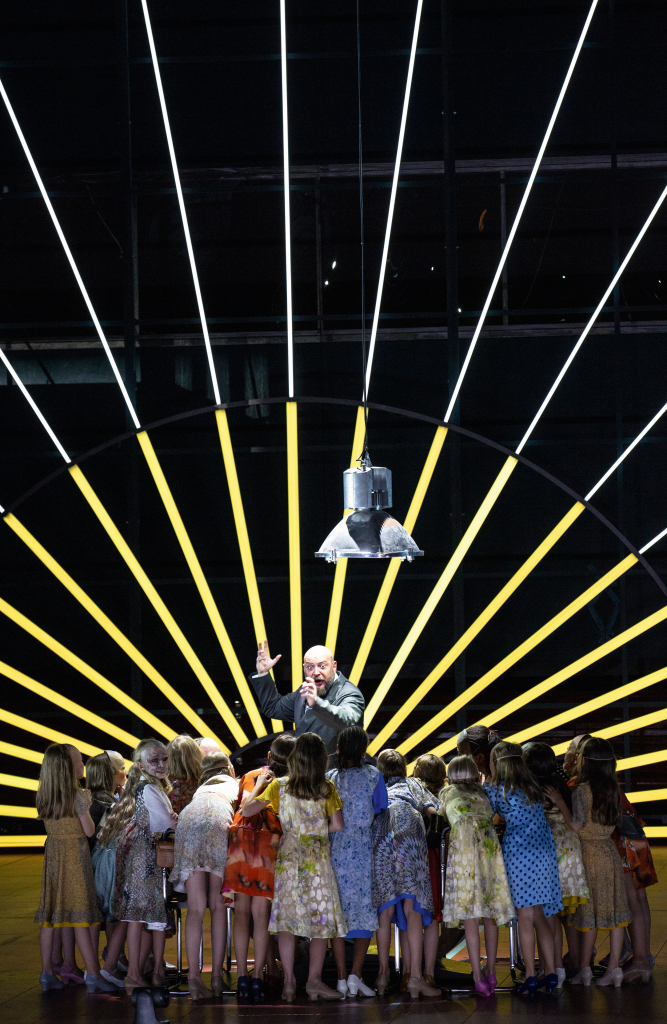
© Bernd Uhlig
At the Bayreuth Festival in 2023, many seats remained empty,
the media spoke of a swansong. How do you see this development
in connection with the Salzburg Festival?
Crepaz: The demand for tickets at the Salzburg Festival continues
to be sensational, we are again heading for an
excellent occupancy rate of 97 per cent. Everyone
has the opportunity to get tickets – whether it’s
the international audience planning for the longer
term, sponsors, friends and patrons or those who
decide at short notice. Short-term demand is particularly
high in a summer as strong as this one.
Interest in individual productions increases especially
if the production in question is very well received
and reviewed or if it is polarising. We have
been selling between five and ten per cent of
tickets in the summer for years.
Your contract was extended for another five years in 2021
and runs until March 2027. Can you already draw a mid-term
balance?
Crepaz: We have taken on a lot in the areas of digitisation, sustainability
and infrastructure and are on a
very good path. The project of the century,
Festival District 2030, for which I am responsible,
will secure the future of the three festival
halls, i.e. the central cultural infrastructure
of the province. The project will run until
2032. We are currently in the intensive planning
phase and will start implementation in
autumn 2025. An ambitious sustainability
strategy has been developed for the buildings,
which will also be extended to their
operation next year.